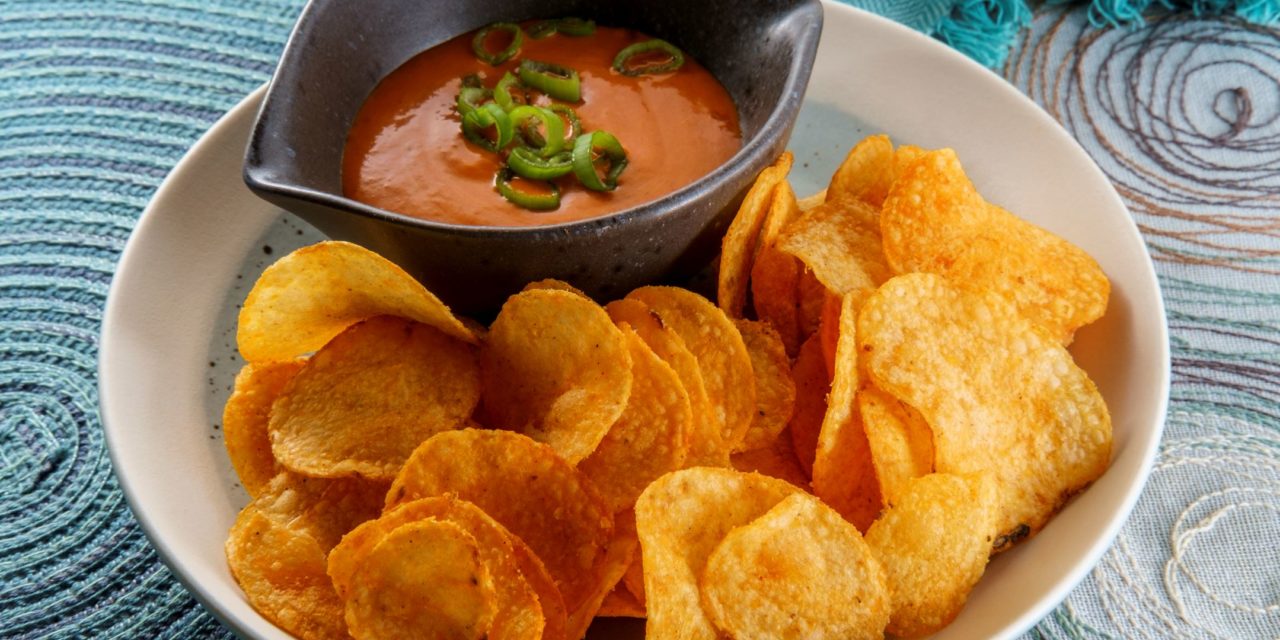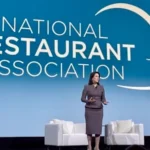This is the fourth in a series of articles about current culinary trends from the Washington Hospitality Association. The series focuses on dishes, drinks and diets projected to become more (or less) popular this year. We’ll also look at some of the operational changes that are shaking up the industry. Our data comes from sources like the National Restaurant Association, the American Culinary Federation and national polling groups. Let’s dig in.
Potato chips will fetch a high price in 2022
There are shifting paradigms in the culinary world right now. Upscale restaurants are delivering food, and some establishments, forced to contend with rising costs and shortages, are making drastic changes to their menus (or QR codes). The National Restaurant Association’s top trends for 2022 highlight packaging optimized for delivery as well as health food, but another interesting trend that is picking up steam is snack food ‘fancification.’
Global flavors are one of the top trends expected for 2022 for appetizers and sides. New flavors of wings like flavor-fusion sauces, global accents and plant-based protein made the list at number two. But on either side of wings, it’s potatoes. Upscale potato chips with new preparations and flavored with unexpected ingredients are the top appetizers and sides trend, and globally spiced fries with things like furikake and za’atar ranked third.
Demand remains strong
While consumers warm up to high priced potatoes, food costs are rising. In a recent survey, 90% of operators say food costs are higher than they were before the pandemic, while 80% say labor costs are higher and will likely continue to rise in 2022.
But demand remains steady, and 51% of adults say they aren’t dining at restaurants as often as they’d like. That is six percentage points higher than before the pandemic. Household wealth and savings are also above pre-pandemic levels which indicates that rising menu prices won’t scare away hungry guests.
Much of the sales growth in ’21 was driven by higher menu prices while customer traffic levels were below 2019 levels for most restaurants. But consumers and their elevated pent-up demand for restaurants are expected to continue to aid industry sales growth in the year ahead. By most measures, household balance sheets are stronger, and incomes are rising while cash and credit are abundant for most consumers.
Out of adversity, opportunity
Menu streamlining continues to be a trend for restaurants dealing with supply chain issues. More than two-thirds of operators expect to keep the same number of menu offerings in 2022 and 1 in 5 family-dining and casual-dining operators expect to offer even fewer items this year. One of the best ways to do that is by using local, accessible ingredients and Washington happens to have a strong potato industry.
These factors present an opportunity for dining establishments. People are willing to pay more for the food they love, and they want it in unconventional ways. The percentage of consumers who say they‘d likely purchase fresh, uncooked food items if they were offered by one of their favorite restaurants is 75% for people aged 18-25 and 76% for people aged 26-41. Millennials and Gen Z are already shaping the way restaurants cater to their customers, and this growing trend is most popular with the age group that is entering the consumer pool the fastest. Offering a boxed lunch or a meal kit with something like elegantly spiced potato chips could cut down on labor costs by allowing you to prepare foods ahead of time that can be easily preserved. At the same time, it allows you to streamline your menu, utilizing your potatoes in more items and cutting down on menu costs. It’s a win-win situation.













